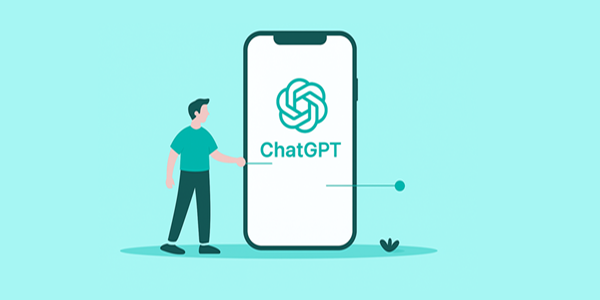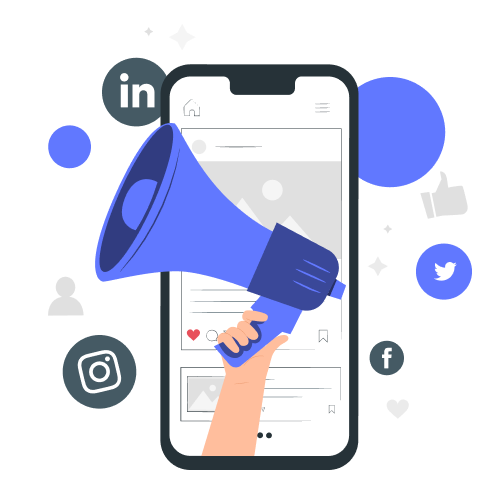
How Do I Get My Website to Show Up in ChatGPT Results?
Jun 24, 2025Learn how to boost your website’s chances of showing up in ChatGPT answers by optimising for Bing, using structured content, and applying smart SEO practices.
Learn moreIn the ever changing landscape of digital marketing, businesses often face a decision: embrace the immediacy of Paid Ads or invest in the long-term gains of SEO.
Both strategies hold distinct advantages and considerations that can significantly impact online presence and conversion goals. While Paid Ads promise instant visibility and precise audience targeting, SEO offers sustainable organic traffic and credibility.
In this article, we unravel the debate between these two stables of digital marketing, delving into their strengths, weaknesses, and how to strategically combine them for optimal results.
Long-Term Benefits:
SEO efforts, once established, can lead to sustained organic traffic and conversions. Well-optimised content can continue to attract users and generate conversions over time without the ongoing cost of ads.
Credibility and Trust:
Users often trust organic search results more than paid ads, which can result in higher click-through rates and conversions.
Cost-Effective:
While SEO requires time and effort upfront, the ongoing cost is generally lower than running paid ad campaigns. This can lead to a higher return on investment (ROI) in the long run.
Sustainable Results:
If your content addresses users’ needs effectively and provides value, it can attract visitors who are genuinely interested in your products or services, increasing the likelihood of conversions.

Immediate Visibility:
Paid ads can provide instant visibility on search engine results pages and other platforms, which can lead to quicker conversions, especially if you need immediate results.
Precise Targeting:
Paid ads allow for highly targeted campaigns based on demographics, interests, behaviour, and more. This precision can help you reach users who are more likely to convert.
Control:
Paid ads offer greater control over your messaging, appearance, and placement in search results or on social media, which can impact user perception and conversion rates.
Testing and Optimisation:
Paid ads enable A/B testing and quick optimisation. You can test different ad creatives, landing pages, and targeting options to find the most effective combination for conversions.

Cost:
Running paid ad campaigns requires a budget that can add up over time. Once you stop paying for ads, the traffic stops.
Ad Blindness:
Some users tend to skip over or ignore paid ads, favouring organic results.
Limited Long-Term Impact:
Paid ads provide immediate results but lack the long-term sustainability of organic traffic generated by SEO efforts.
Time-Intensive:
SEO results take time to materialise. It can be several months before you see significant improvements in rankings and traffic.
Uncertain Rankings: Search engine algorithms can change, affecting your rankings. Staying updated with SEO best practices is crucial.
Competitive Landscape: In competitive industries, ranking well organically can be challenging.
In many cases, a balanced approach that combines both SEO and paid ads can yield the best results. SEO can provide long-term benefits and cost savings, while paid ads can deliver immediate visibility and allow for precise targeting. Your specific strategy will depend on your goals, resources, and the competitive landscape in your industry.
Ultimately, your decision should be based on your business goals and resources. Consider factors like your budget, desired timeline, target audience behaviour, and your long-term marketing objectives when determining the balance between paid ads and SEO in your strategy.